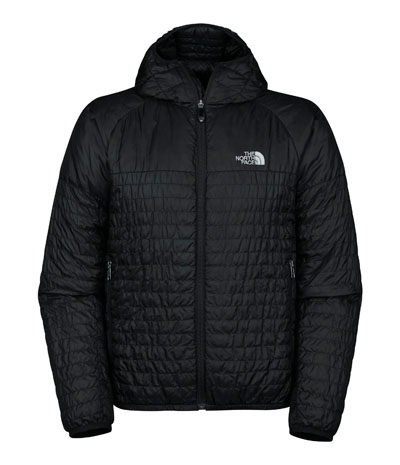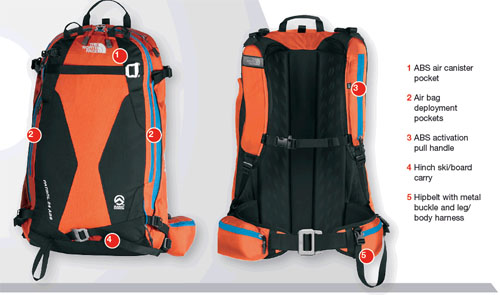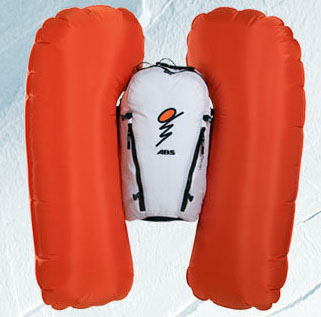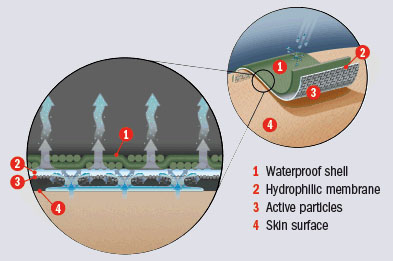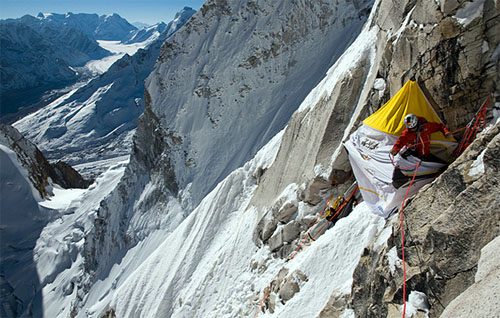Snowguns blast the ski hills in Colorado this time of year. Ice hangs in daggers off cliffs that line I-70, fine stalactites descending in chill November air. I had come west with a couple dozen outdoor-industry types at the invite of The North Face to get a glimpse, appropriately in a lodge at 8,000 feet, of a few to-be-released products from the company’s 2012 line. In the flesh to demonstrate the company’s “Athlete Tested, Expedition Proven” mantra, mountain climber Conrad Anker was present to talk on his team’s hard-earned ascent this fall of a route on 20,700-foot Meru in India’s Garhwal Himalaya.
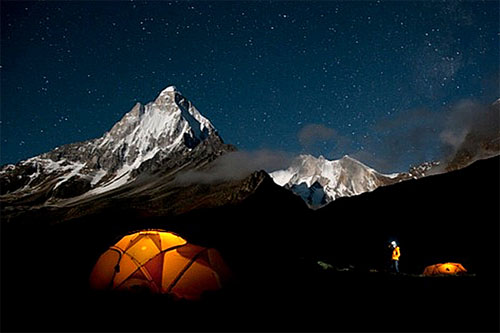
In India, where Anker, Jimmy Chin and Renan Ozturk spent 12 days working up the high-altitude route, testing jackets may not have always been front of mind. But two members of the climbing team were there wearing parkas with a new technology, which was previewed for media at the Colorado event. Called ThermoBall, the product is a “revolution in insulation technology,” the company touts. In the hand, the fine filaments of ThermoBall feel like wispy pilled cotton, light and knotted with tiny spheres. Stuffed in a jacket, the new insulation will offer an alternative to synthetic insulations like PrimaLoft and natural down, the current mainstays of insulation for serious outdoor apparel.
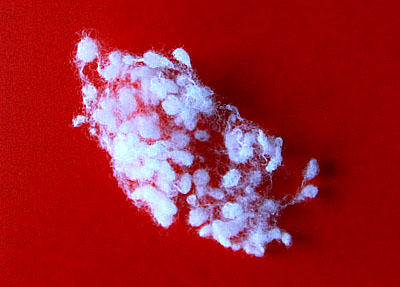
Made to mimic the clustering of down, ThermoBall is fabricated as small individual balls of synthetic fibers. More loft, warmth and compressibility are the promised results. In charts delineating ThermoBall’s insulation qualities, the TNF fluff was shown to have a warmth-to-weight ratio not quite as good as down, but 15 percent better than a tested synthetic (we assume that would be PrimaLoft One). Like PrimaLoft, ThermoBall works when wet (down does not work well when wet). I pulled on a prototype puffy ThermoBall jacket, which was knit with a new type of triangular baffle system to cradle the fluff, and immediately I felt the warmth.
